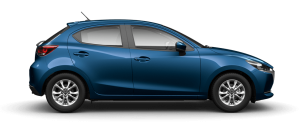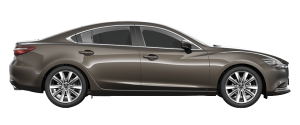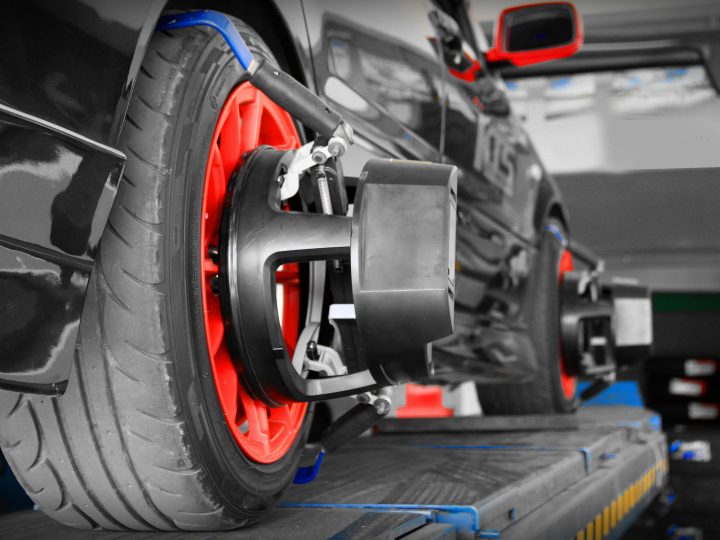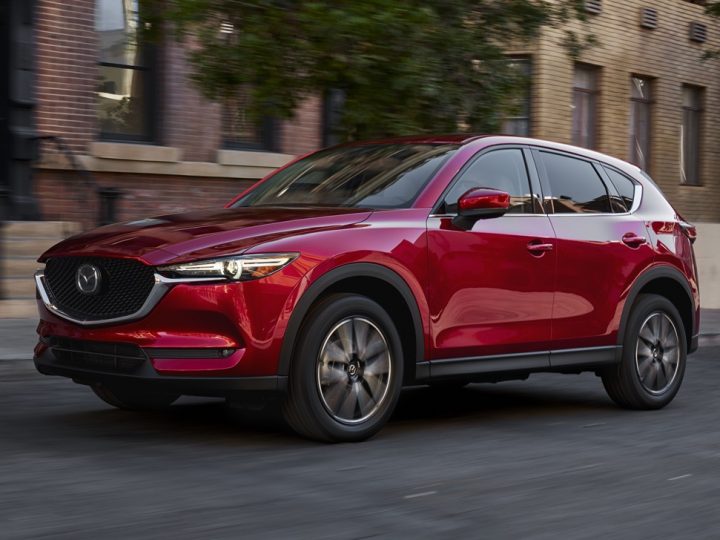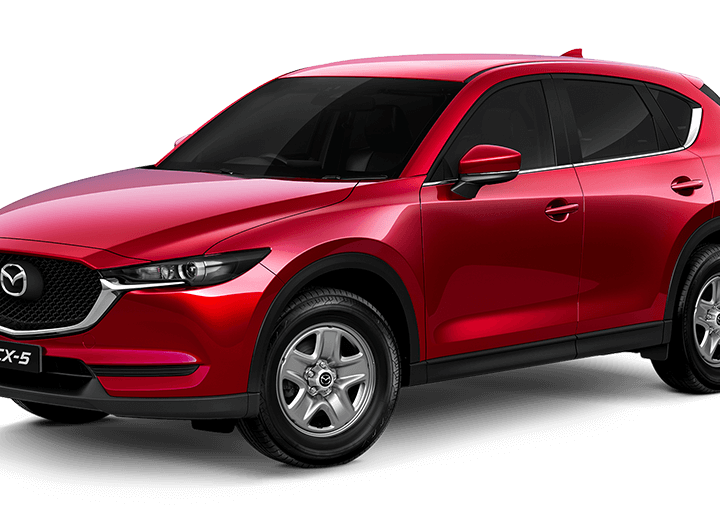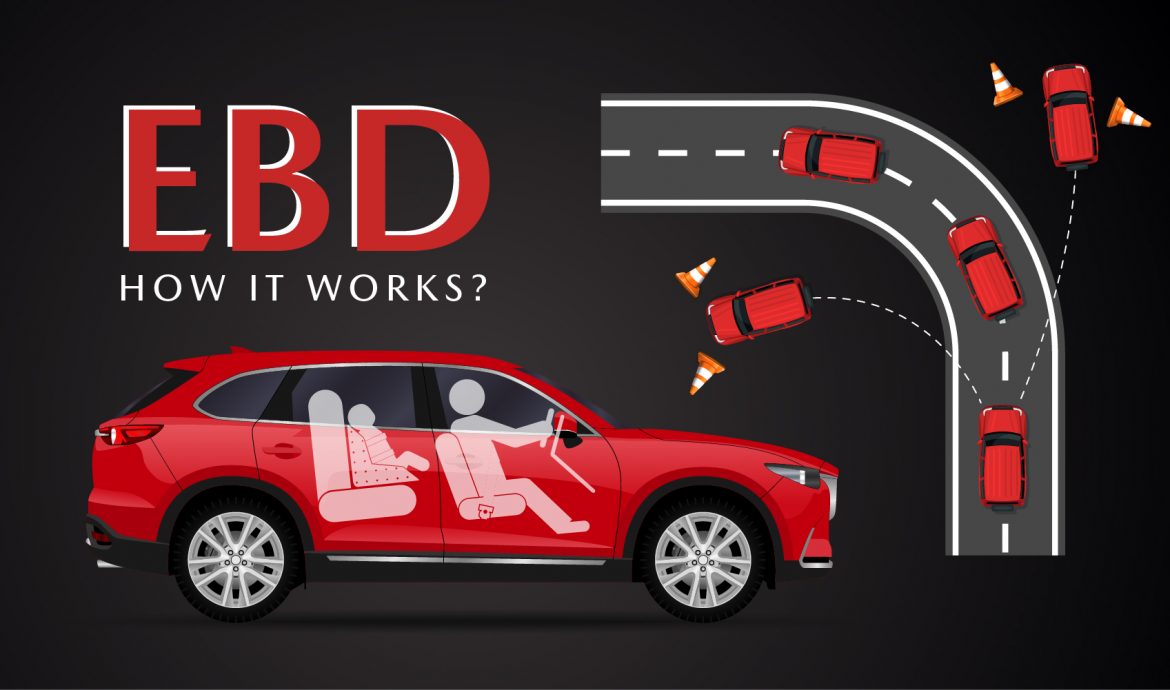
What is Electronic Brake Force Distribution (EBD)?
Electronic Brake Force Distribution (EBD) is a system that stabilises braking ability in a car and shortens the stopping distance in instances of a large load on the rear wheels. This means it’s easier to maintain vehicle control, and the car will have a shorter stopping distance when the car has a full load of passengers. Simply put, EBD controls the amount of braking force on each wheel of the car.
EBD provides maximum braking efficiency in emergency situations for stronger and safer braking. Electronic Brake Force Distribution is a term that comes up often in the car industry, and it’s part of an ‘active safety system’, in that it helps to prevent a crash from occurring, or in an unavoidable collision, it will lessen the impact of the incident.
How does EBD work?
In an emergency situation, even if the driver steps on the brake pedal as hard as they can, in a car without EBD it might not always be enough. The braking distance may be too long, leading to a collision or to losing control of the vehicle.
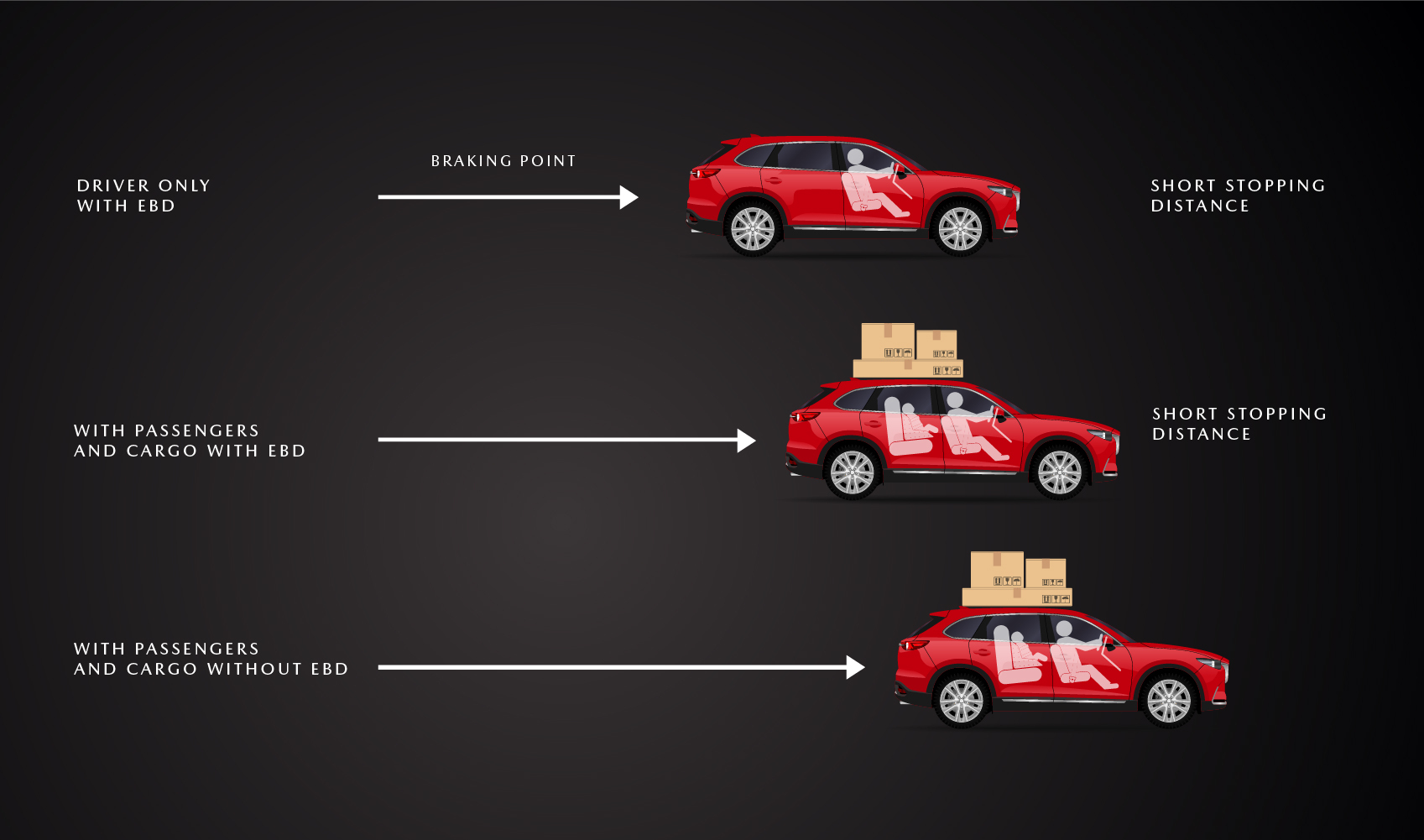
EBD works by controlling the amount of brake force applied to each wheel. This is achieved through several subsystems. Speed sensors calculate wheel speeds, the speed of the car, and the RPM of the engine. To reduce skidding, EBD may be utilised when the speed of the wheel doesn’t match the speed of the car. The speed sensors assist with calculating the likelihood of the car losing control due to the differing speeds between the wheels and the car, and then communicating this to the EBD system.
The electronic control unit collects the data from each speed sensor (on each wheel), and is able to ensure the difference between the speed of the car and the rotation of the tyre is kept within safe limits. The brake force modulators receive this information from the electronic control unit, and then pump brake fluid into the brake lines and activate the brake cylinders. The applied brake force on each wheel is controlled by the EBD system.
How does it affect performance?
Electronic Brake Force Distribution systems work by responding to different factors such as the weight of the wheels, conditions of the road and sudden braking much quicker than the driver is able to respond. The ability to vary pressure on individual wheels is an important aspect of EBD which greatly improves braking performance.
In the event of understeering or oversteering, or the vehicle losing control, the EBD system is able to apply the necessary brake pressure to bring the car back in line. The complexity of the EBD system means that sometimes it will determine issues before the driver is even aware, and respond before an issue (such as losing control of the vehicle) can arise.
EBD works to give the driver steering control in emergency situations. The effect for the driver should be a feeling of control, especially when going around corners in challenging road conditions or in a situation that requires sudden braking. It’s possible the driver will feel a slight vibration in the brake pedal when the EBD system is operating.
How does EBD relate to other safety features, and what if it fails?
The purpose of EBD is to stabilise the vehicle under heavy braking. Similar to the anti-lock braking system (ABS) and traction control, EBD is designed to prevent the wheels from locking up, which can lead to the driver losing control of the vehicle.
In the event of an EBD system failing, the conventional brake systems should still function as normal. This means that if you are out and about when your EBD system fails, your vehicle will still typically be safe to drive, but you should be extra careful when braking. Make sure you get your car booked in for a service with your dealer immediately if you suspect your EBD system is failing, or if you see the low fluid warning light.
Try out a car with EBD
As with everything when it comes to cars, the best way to get a feel for Electronic Brake Force Distribution and how it affects the feel for the driver is to take the car out for a test drive. EBD and other safety features can change the performance and intuitiveness of the drive, and it’s worth trialling to see how it feels to you.
Whether you want to compare various models of Mazdas for sale, find out the price of the Mazda 2, test drive the new Mazda CX-8 or new Mazda 6 or have a look for used cars in Perth, our friendly team at Mandurah Mazda are standing by and are ready to help you find your next car.
For more info on EBD and other safety features or to take one out for a test drive, get in touch with our experienced team at Mandurah Mazda today.

